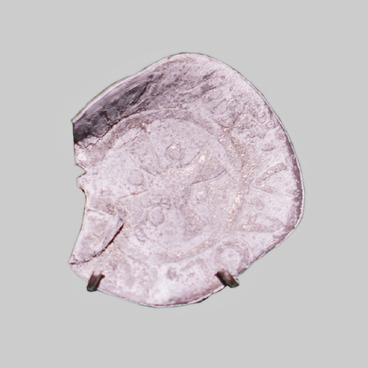The exhibit and interactive installation demonstrates the famous stele of Kul-Tigin, which researchers dated to the first half of the 8th century. The exhibit item contains one of the first mentions of the ethnonym Tatars.
The stele comes from the Latin word stela — ‘pillar’. This was the name given to a stone, marble, granite or wood plate with carved texts or images. It was installed as a funeral or memorial sign. It should not be confused with a stella — an obelisk extended upwards.
The Kul-Tegin plate is not only a monument of the Turkic runic writing, but also a unique source on the history of one of the most important stages in the formation of statehood — the Turkic khaganates. Researchers assessed the stele as a kind of political manifesto which reflected the ideas of the statehood of the Turks. The text of the stele was attributed to dimensional prose, which had a sense of rhythm, but did not have rhyme:
The stele comes from the Latin word stela — ‘pillar’. This was the name given to a stone, marble, granite or wood plate with carved texts or images. It was installed as a funeral or memorial sign. It should not be confused with a stella — an obelisk extended upwards.
The Kul-Tegin plate is not only a monument of the Turkic runic writing, but also a unique source on the history of one of the most important stages in the formation of statehood — the Turkic khaganates. Researchers assessed the stele as a kind of political manifesto which reflected the ideas of the statehood of the Turks. The text of the stele was attributed to dimensional prose, which had a sense of rhythm, but did not have rhyme:



